
Czech Institute of Egyptology
The Czech Institute of Egyptology was founded in 1958, as a successor to the Egyptological Seminar at the Faculty of Arts of the Charles University in Prague. Its founding father was Frantisek Lexa, an expert in Late Egyptian writing. The first fieldwork undertaken by the new Institute in the 1960s was in Nubia, where Prague Egyptologists took an active part in the rescue of Nubian sites and artefacts from dam construction. The Nubian series of Institute publications, published mainly in the 1970s and 1980s, are particularly important as they are the sole record of sites that are no longer accessible to researchers. The Institute started work at its most famous excavation site, Abusir, just after beginning its Nubian campaign. Abusir, the northernmost part of the Saqqara necropolis, has produced an unexpected richness of material, including a royal cemetery of 5th Dynasty pyramids, a Necropolis of officials dating from the 4th to 6th Dynasties, and Saite-Persian shaft tombs. The excavations are still continuing, with only a few months break every year during the intense heat of the summer months. Studies at the Abusir necropolis are making huge contributions to our knowledge of the society and culture of the Memphite region. Recently, a new area has been added to the Czech archaeological permit area - a zone in Western desert, in the area of Hayez, Bahariya oasis, and work is starting there. A range of archaeological works at the site are published in the Abusir series, which now extends to number VII. The archaeological reports on Abusir are not the only part of their publishing activities – these include also broader syntheses and future plans include a special series devoted to the heritage of Ancient and Islamic Egypt. A short series will also report on the Hayez expedition. Future plans also include a dissertation series. The future looks bright for Czech Egyptology, now celebrating over 50 years of scholarship. The recent merging of the Institute with the National Centre for Egyptology has brought the financial and scholarly resources of the discipline together and, in the next few years, it is hoped that the program of publications will become ever larger and more prestigious.
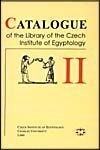
Format: Hardback
Pages: 306
ISBN: 9788072770021
Pub Date: 01 Jan 2004
Illustrations: 1 b/w fig
Description:
The second volume of the library catalogue, covering chiefly the sections on Archaeology and Philology. The Catalogue covers the library fund from the beginning of the existence of Prague Egyptological seminar, through the enlargement due to Jaroslav Cermy's donation in the 1970s, and ends with new acquisitions up to year 2000.
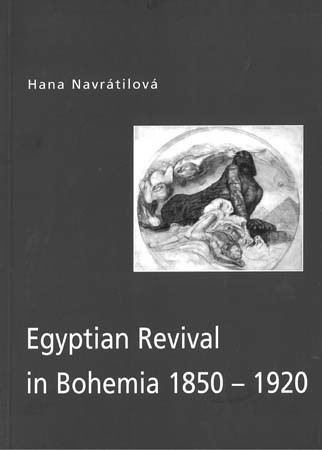
Format: Paperback
Pages: 300
ISBN: 9788086277325
Pub Date: 20 Nov 2003
Description:
Subtitled `Orientalism and Egyptomania in Czech lands', this study looks at Egyptian revival in the second half of the 19th century within Czech society. Asking who these Egyptomaniacs were and why they chose Egypt, Hana Navrátilová looks at the historical and cultural background of the period, arguing that Egyptian revivalism was important for both Czech cultural development and the formation of national identity. Greater accessibility to the ancient Orient through study and travel meant that Egypt became the focus for people's desire for knowledge and escapism.
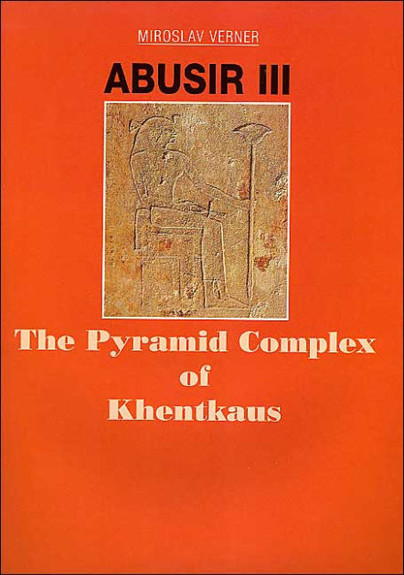
Format: Hardback
Pages: 184
ISBN: 9788020008749
Pub Date: 01 Jan 2001
Illustrations: pls
Description:
The pyramid complex of Queen Khenthaus, a key personage of the 5th dynasty, was discovered by the Czech Institute of Egyptology in 1976.This handsome volume provides complete publication of the complex and includes architectural study, finds and a discussion on the role of Khentkaus and typology of her tomb when compared to other queens of the Egyptian Old Kingdom.
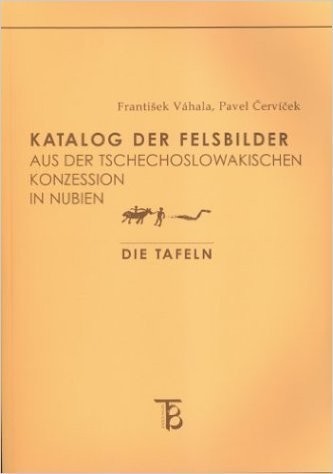
Format: Paperback
Pages: 158
ISBN: 9788071848301
Pub Date: 01 Dec 2000
Illustrations: Plates:250p
Description:
This volume presents over 1000 reliefs and 39 paintings recorded by Czech archaeologists as part of the UNESCO project to salvage antiquities threatened by the rising waters of damming projects. Ranging from 4000 to 1000 years old the artworks constitute important source materials for our understanding of Egyptian-Nubian relations over a long period of time. The position, characteristics and bibliographic references are presented for each site, while each is also illustrated by excellent crisp line drawings.
Text in German.
Catalogue of the Library of the Czech Institute of Egyptology 1
Format: Hardback
Pages: 60
ISBN: 9788072770014
Pub Date: 01 Dec 1999
Description:
This is a useful listing of the volumes in the library of the Institute of Egyptology, a helpful source of bibliographic information. While this sort of information is nowadays better presented online, the volume may be of interest to scholars because of the titles from Eastern Europe and Russia which the Czech Institute has available in its collections.
Abusir IV: The shaft tomb of Udjahorresnet at Abusir
Format: Hardback
Pages: 111
ISBN: 9788071848226
Pub Date: 31 Oct 1999
Illustrations: b/w pls
Description:
This handsome report describes work in the 1980s and 1990s on the tomb of Udjahorresnet, a prominent official who participated in the Persian occupation of Egypt around 525 BC and may even have been one of their main collaborators. As well as chapters on the results of excavations, on the development of the Saite-Persian shaft tomb tradition, and the finds, this book presents a full review of what we know about this colourful 1st Millennium BC figure.
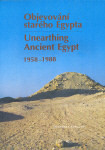
Format: Paperback
Pages: 60
ISBN: 9788070662892
Pub Date: 31 Dec 1990
Illustrations: 56p of col & b/w pls
Description:
Presented in both Czech and English this book commemorates work by the Czech Institute of Egyptology in Egypt between 1958 and 1988. The topics covered are: The international UNESCO campaign to save the monuments of Nubia; work at the Mastaba of Ptahshepses at Abusir; work in the South Field at Abusir; an overview of Czech Egyptological Expeditions and a bibliography of Czech Egyptological publications.
Wadi Qitna and Kalabsha South 1
The Archaeology
Format: Hardback
Pages: 315
ISBN: 9788072771981
Pub Date: 01 Jan 1984
Illustrations: 55 tabs & 160 figs
Description:
Wadi Qitna is located in Egyptian Nubia, 65 kilometers south of Aswan, on the west bank of the Nile. The cemetery here occupies the slopes and adjacent high ground along the edges of the valleys, with the highest concentrations of graves situated along rock outcrops where stone was readily available. This book describes excavations at the Roman and Byzantine tumulus graves and the finds unearthed, particularly the pottery which forms the basis of the Eastern Desert Ware type.






